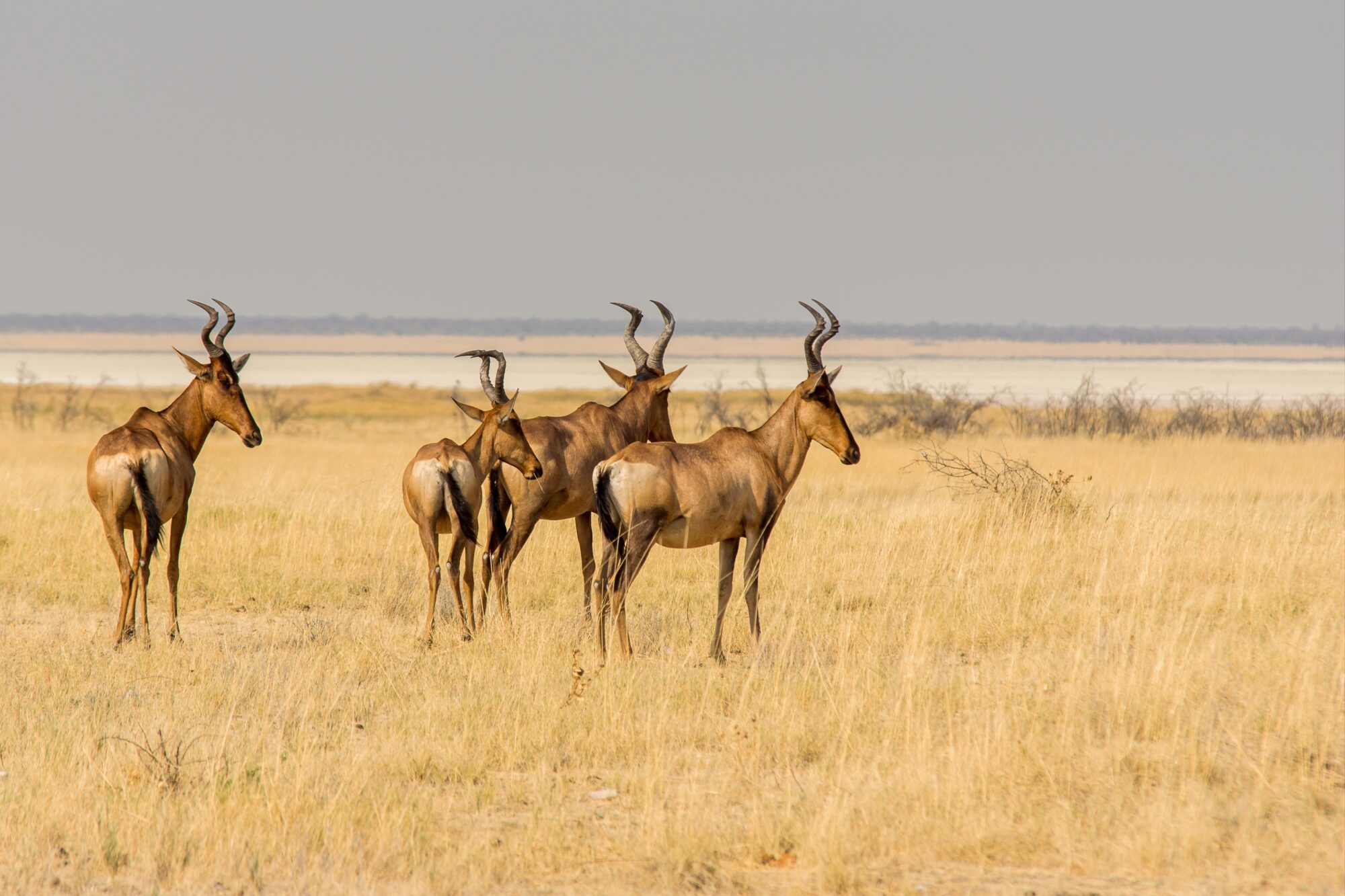Introduction
Tanzania is a country that feels like it was crafted for nature lovers. From the vast golden plains of the Serengeti to the lush greenery of the Ngorongoro Crater, it offers an unrivaled diversity of landscapes and wildlife. But while its beauty is timeless, the experience you have on safari is deeply influenced by when you go. Wildlife movements, climate conditions, and the overall atmosphere change from month to month, making timing an essential part of your safari planning. Whether you want to witness the Great Migration, see predators in action, or enjoy peaceful game drives under clear skies, knowing the safari seasons in Tanzania can help turn a good trip into an unforgettable one.
Understanding Tanzania’s Safari Seasons
Tanzania has two main safari seasons shaped by its weather patterns and the movements of its wildlife. Broadly, they can be categorized into the Dry Season and the Green (or Wet) Season.
- Dry Season (June to October)
This is the most popular period for safaris. The weather is generally sunny, with cooler temperatures in the mornings and evenings, and animals tend to gather around waterholes and rivers. The scarcity of water means wildlife is easier to spot, as herds and predators are concentrated in smaller areas. This season also coincides with the most famous natural spectacle in Tanzania — the Great Migration crossing of the Mara River in the northern Serengeti. - Green Season (November to May)
While often overlooked by first-time visitors, the green season offers a completely different safari experience. Short afternoon showers in November and heavier rains in March to May transform the landscapes into vibrant shades of green. It’s a paradise for photographers, as dramatic skies and lush backgrounds enhance every shot. The green season is also the best time for birdwatching, with migratory species arriving in large numbers. In southern and western parks, you’ll encounter fewer tourists, allowing for a more intimate safari.
Wildlife Highlights by Month
- January–February: Calving season in the southern Serengeti, where thousands of wildebeest give birth, attracting predators in thrilling numbers.
- March–May: Heavy rains bring life to the land. While some roads may be challenging, the scenery is breathtaking, and lodge rates are lower.
- June–July: Dry conditions start, and the Great Migration moves northwards. This is a great time to see large herds in central and western Serengeti.
- August–September: Prime time for the Mara River crossings — one of the most dramatic wildlife events on earth.
- October: Still dry, with excellent game viewing as wildlife gathers near dwindling water sources.
- November–December: Short rains return, bringing fresh grass and newborn animals.
Why Timing Matters
Choosing the right safari season isn’t just about avoiding rain or catching the migration — it’s about matching your personal preferences with nature’s schedule. If you’re a photographer, the green season’s vivid colors and dramatic skies might be your dream. If you want to see predator-prey interactions, the dry season’s concentration of wildlife could be your focus.
This is why travelers often research the best time to visit Tanzania for safari before booking their trips. While the country offers year-round wildlife viewing, the exact timing will affect the types of experiences you have. For example, birdwatchers will thrive from November to April, while big game enthusiasts might prioritize July through September.
Moreover, visiting during the best time to visit Tanzania for safari often means better chances of witnessing rare events, like river crossings or mass calving. These moments are not just “photo opportunities” — they’re deeply emotional, reminding you of nature’s beauty and fragility.
It’s also worth noting that the best time to visit Tanzania for safari depends on where in the country you’re headed. The Serengeti, Ngorongoro, Tarangire, Selous, and Ruaha each have slightly different wildlife peaks, so a little research on your chosen parks will go a long way in perfecting your itinerary.
Balancing Crowds, Costs, and Experiences
While peak safari season offers incredible wildlife encounters, it also comes with more visitors and higher prices. If you prefer a quieter experience, consider traveling in the shoulder months — late May to early June or late October to early November. These periods offer a nice balance: good game viewing, fewer crowds, and moderate prices.
If budget is a major factor, the green season offers significant discounts on accommodation and tours. You’ll also enjoy more exclusive game drives, as fewer tourists venture out during the rains. The trade-off is that some remote areas may be harder to access, but for many travelers, the rewards outweigh the inconveniences.
Tips for Planning Your Safari
- Match your trip to your goals – Decide whether you want drama (predator action), beauty (green landscapes), or abundance (migratory herds).
- Consider park variety – The northern circuit (Serengeti, Ngorongoro, Tarangire, Lake Manyara) is different from the southern circuit (Selous, Ruaha) in both scenery and wildlife density.
- Book early for peak months – Especially for July to September, when lodges and camps can fill up months in advance.
- Pack for the season – Light layers for cool mornings, a good rain jacket for wet months, and neutral colors for blending in during game drives.
- Stay flexible – Weather and wildlife can be unpredictable; sometimes, the best sightings happen when you least expect them.
Conclusion
In Tanzania, timing truly is everything when it comes to a safari. The shifting rhythms of its wildlife and the changing colors of its landscapes create a dynamic experience that no two visitors will experience in exactly the same way. By understanding the country’s safari seasons, you can plan a trip that aligns with your expectations, whether that’s the drama of the Great Migration, the tranquility of green-season game drives, or the thrill of spotting newborn wildlife in the wild.
A Tanzanian safari is more than just a holiday — it’s a journey into one of the most extraordinary ecosystems on the planet. With the right timing, it can also be the adventure of a lifetime.



